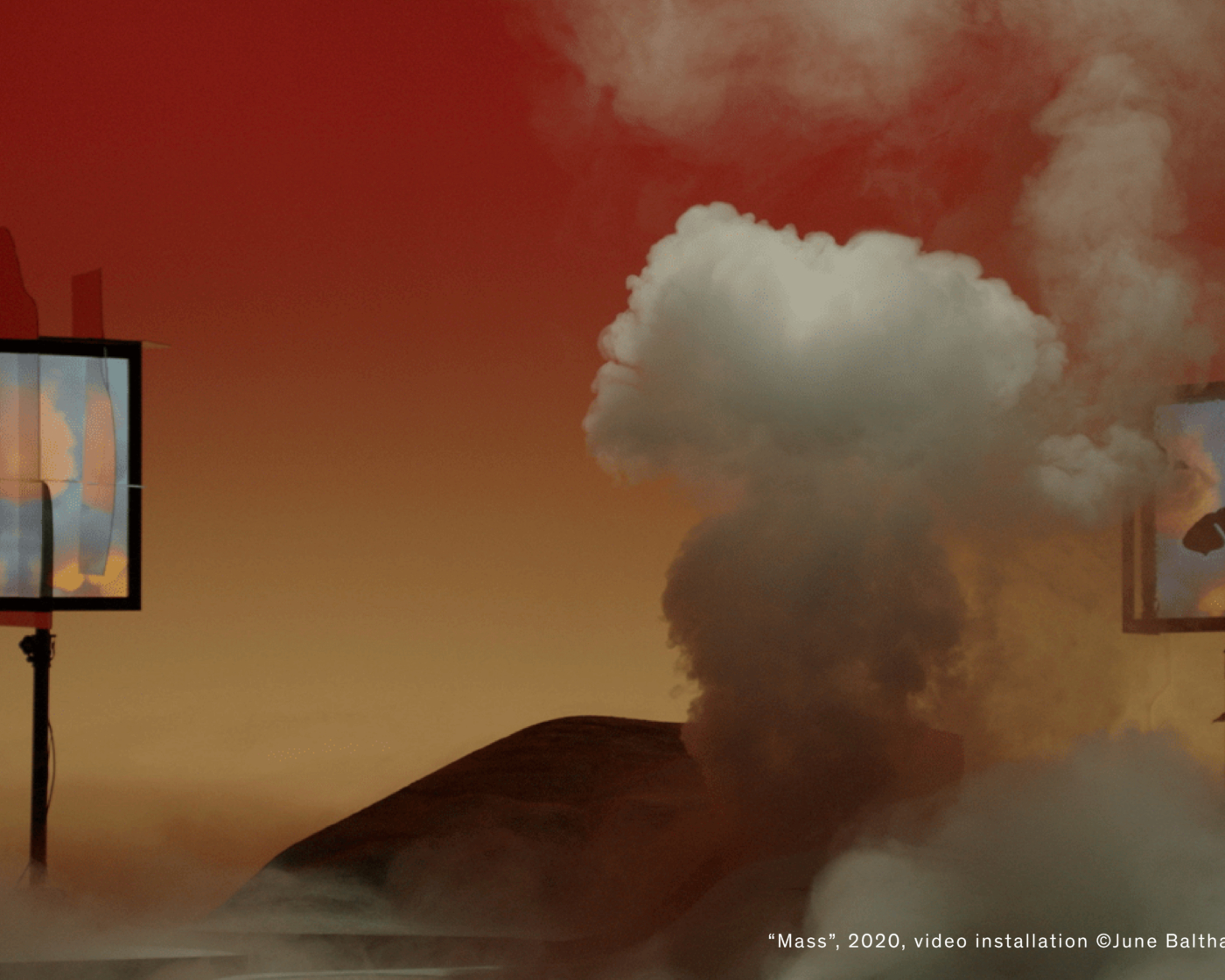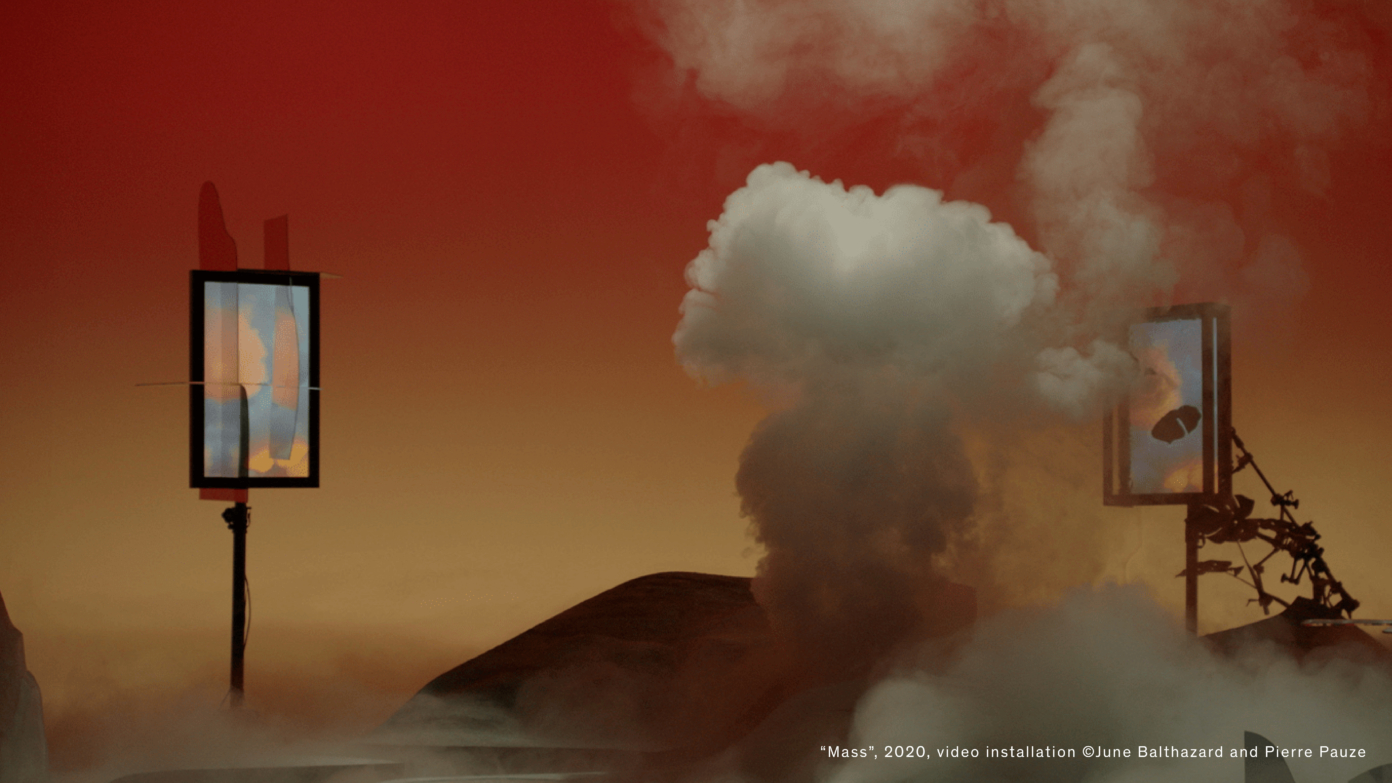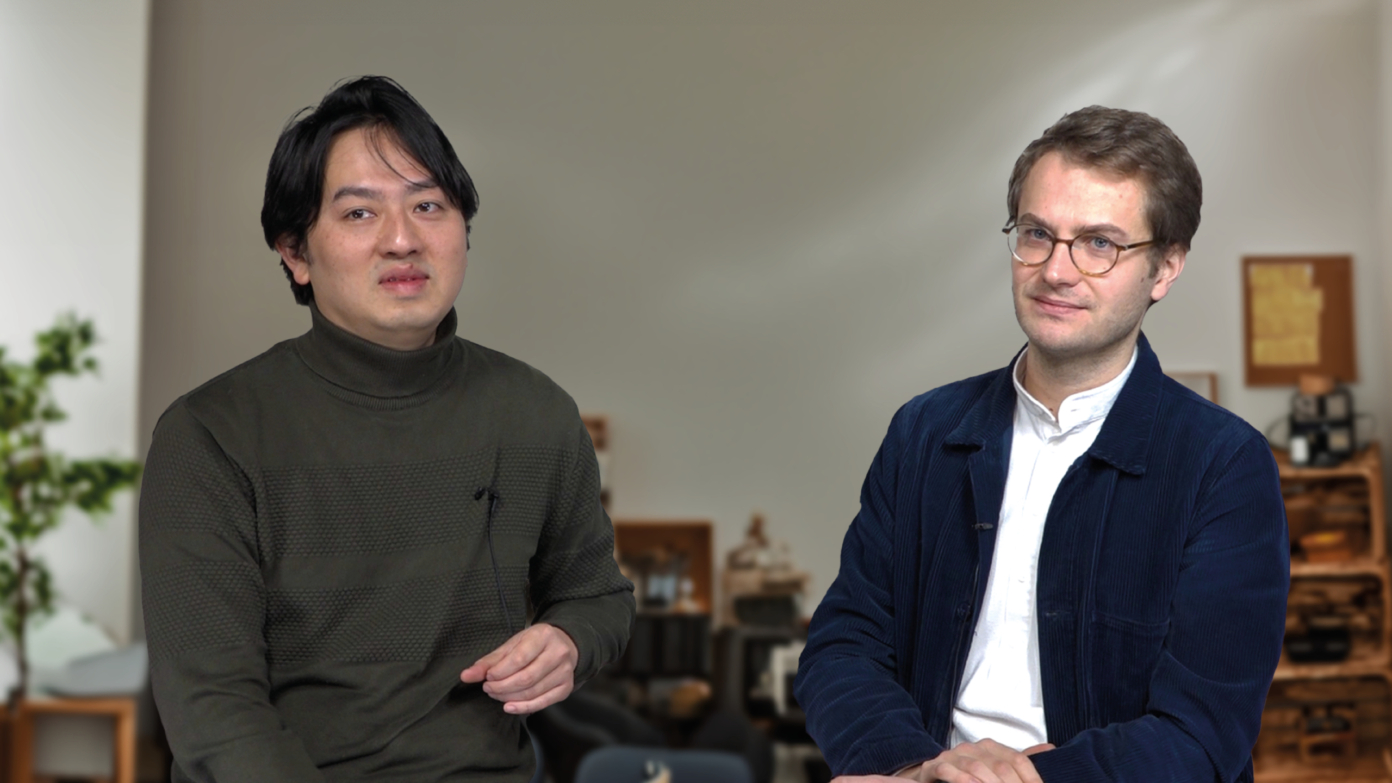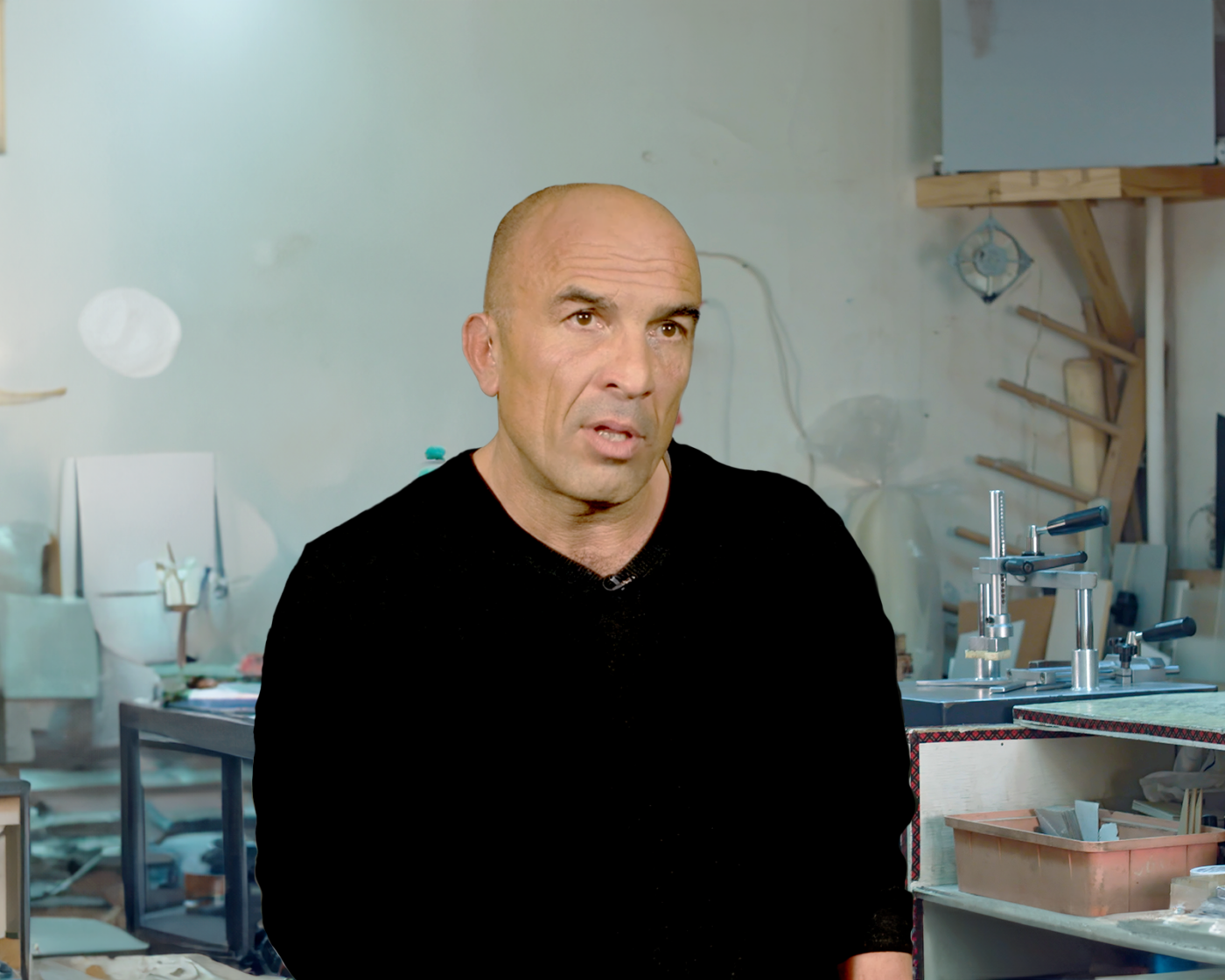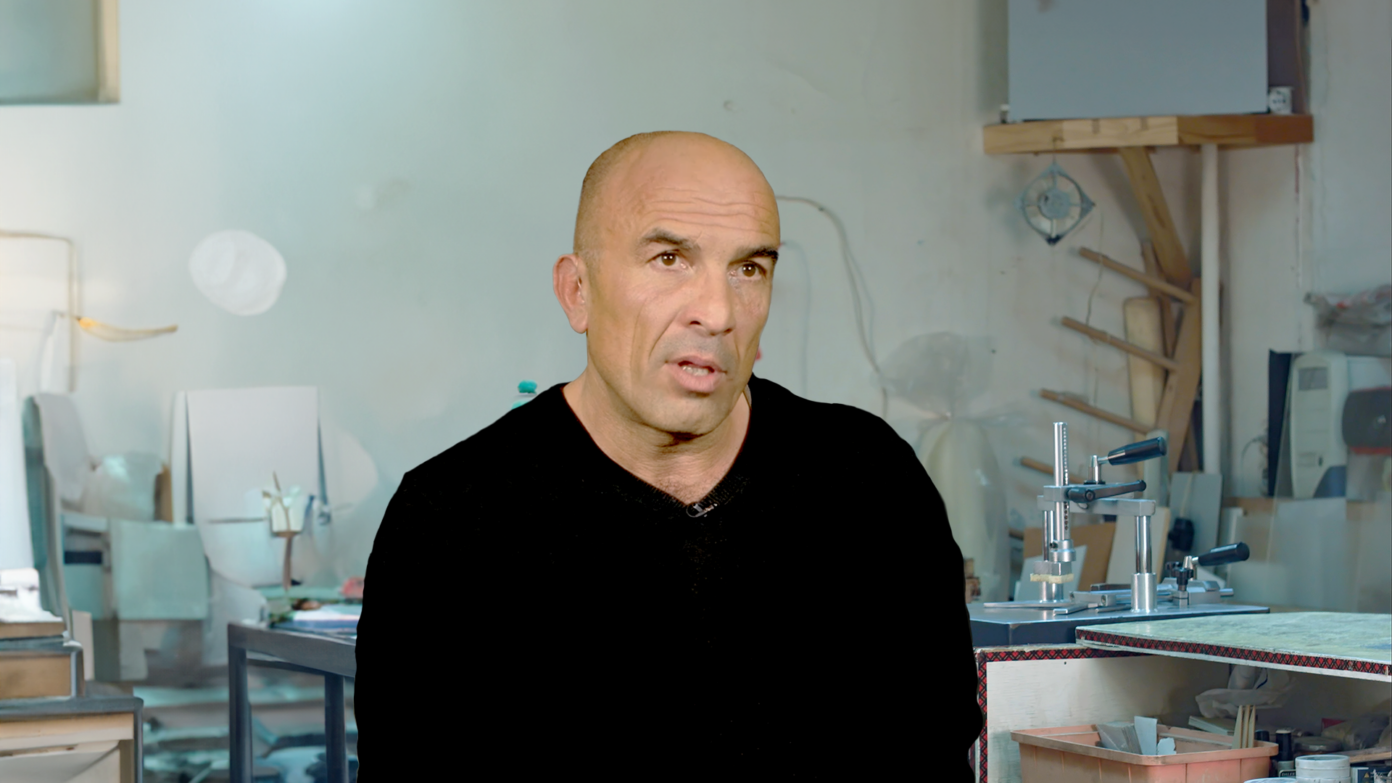Beyond Language
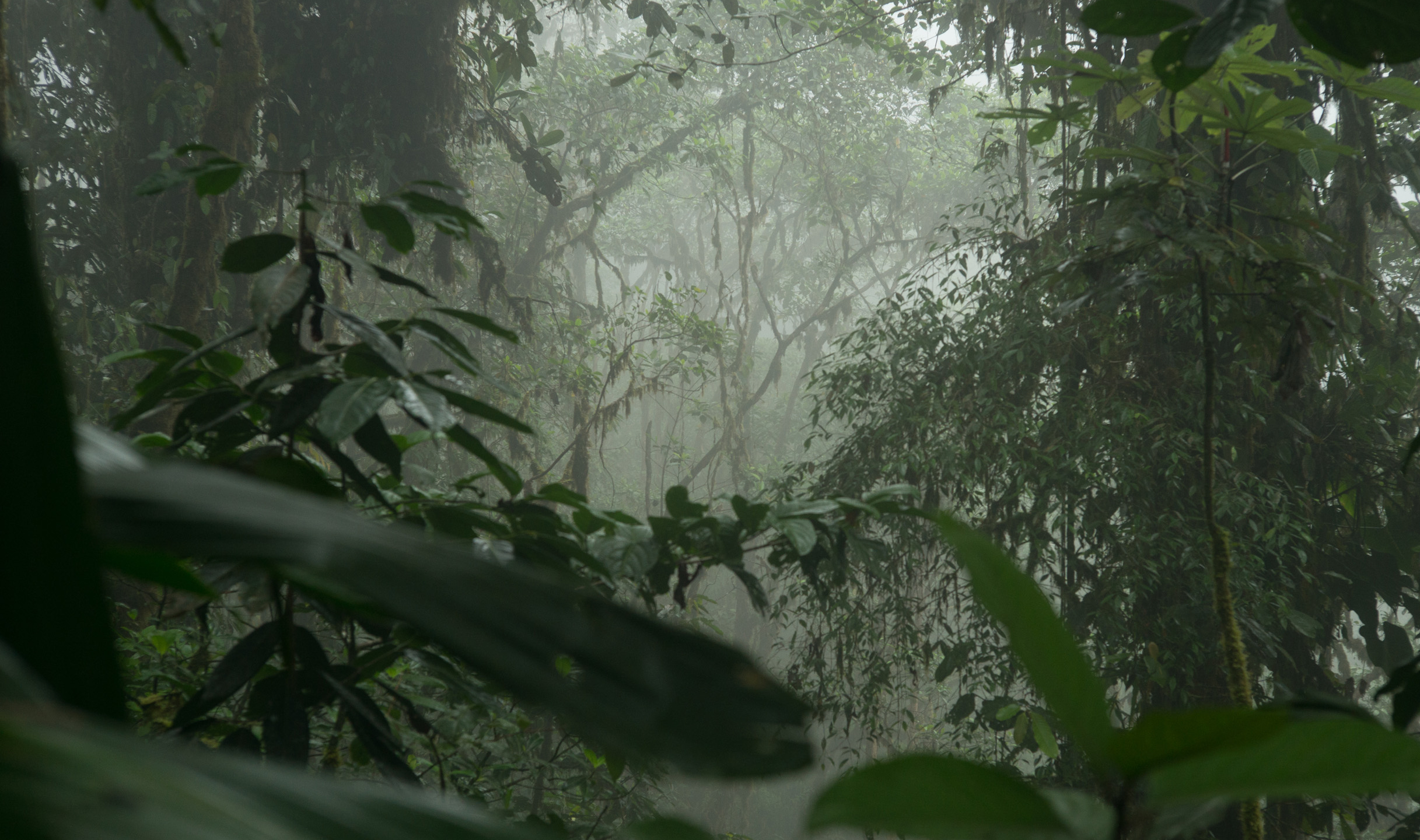
- Publish On 18 November 2017
- Eduardo Kohn
In a continuation of contemporary ontologies, anthropologist Eduardo Kohn goes beyond modern dualism and shows the unique nature of the living via semiology. Through his anthropological research in Amazonia, he explored “sylvestrian thinking” – shared with all of the living – and its philosophical consequences: though the West only considers human thought, Kohn uses his theory to overturn signs of opposition between language based beings and others, within the living. The Runa of Amazonia, who live in an intimate relationship with a group of beings, within a complex ecosystem consisting of the non-human and the inert, have in this way developed an interspecies communication that, similar to the artistic experience, goes beyond language. The Runa understand ecological relationships within this world as being relationships based on communication. Kohn endeavors to bring legitimacy to sylvestrian thinking so as to draw ethical orientations from it that will allow us to go beyond the Anthropocene.
Eduardo Kohn is the author of the book How Forests Think: Towards and Anthropology Beyond the Human, University of California Press (2013).
The sylvan thinking
Philippe Chiambaretta : In your book How Forests Think, you talk about the concept of “the living thought.” You make the provocative argument that thinking exists beyond humans and language. Could you please give us a primer on this form of “non-human” thinking?
Eduardo Kohn : I have come to appreciate a form of thinking that I call “sylvan.” Sylvan thinking is a kind of thought that does not just belong to us humans. It is something we share with all of life. My work in the Amazon began by appreciating this form of thinking as an ethnographic and biological reality, and my book focused on understanding the impact of this insight on our metaphysics. My current work has moved toward capacitating sylvan thinking as an ethical orientation for our times of ecological crisis.
In the West, our metaphysical mistake has been to collapse all kinds of thought into a single kind of thought: human thought. By focusing on this very special kind of thought, we lose sight of others and in fact relegate everything that doesn’t conform to it to the domain of non-thought. The result is dualism.
Dualistically separating the human from the rest of the world is pervasive and problematic. My claim is that although humans are indeed different (in large part because we think differently), that difference is housed in something greater that holds it. For philosopher Charles Peirce, dualism is nested within a larger more encompassing monism. This makes sense when you think about life. Living beings are very different from machines. A machine is made of lots of distinct pieces that are then put together. Conversely, living organisms start as one and continue to be one, even as differentiation creates “parts.” Thoughts also begin and end as wholes. In How Forests Think, I try to follow connections rather than chart differences.
Philippe Chiambaretta : In your book, you write that “In important ways … life and thought are one and the same: life thinks; thoughts are alive.” What do you mean by this? Are you referring to evolution? Pheromones? Birdcalls?
Eduardo Kohn : One of the strategies I use regarding the idea of continuity is to take things that we think of as being totally different and to show that there is a degree of continuity among them. At some very basic level the first evolutionary dynamic, the first “self,” and the first thought are all the same thing. Life is basically a sign process. Something that stands for something, for somebody in some way or another, is a sign process, and that somebody through whom this process takes place is a “self.” This dynamic is what I call thinking, and those who do it are alive. As I make this broader claim I am less interested in the details of communication (whether it is via pheromones or calls) and rather in the more general idea that when an organism represents its environment in a certain way for the next generation, that’s a thought. For instance, in the shape they have, the cilia of a parameciumA type of protozoan that lives in water and swims by moving structures similar to hairs that are attached to its body. represent something about the water through which the organism moves; these organelles capture something about it and that’s a thought for the next generation. It’s at that basic level that thought and life are the same. And it is on the basis of this that more complex forms of communication, human and nonhuman, are based.
Philippe Chiambaretta : Would you say that the forest is inhabited by selves or that the forest is a self?
Eduardo Kohn : I would say that the forest is inhabited by selves, but that some of those selves are at a higher level than the individual and that these higher order selves can have emergent properties. But is the forest itself a self? Where does a forest begin and end? Perhaps one could say that a forest is the largest emergent self that one might find in a “forest.” I’m not sure. I think that the forest contains selves that are not human and greater than individuals, and that some of these have some kind of emergent properties that often I think of as “spirit-like.” That has become one of my great interests lately, understanding what kind of reality that spirit life is; are they selves? But it is still unknown territory for me.
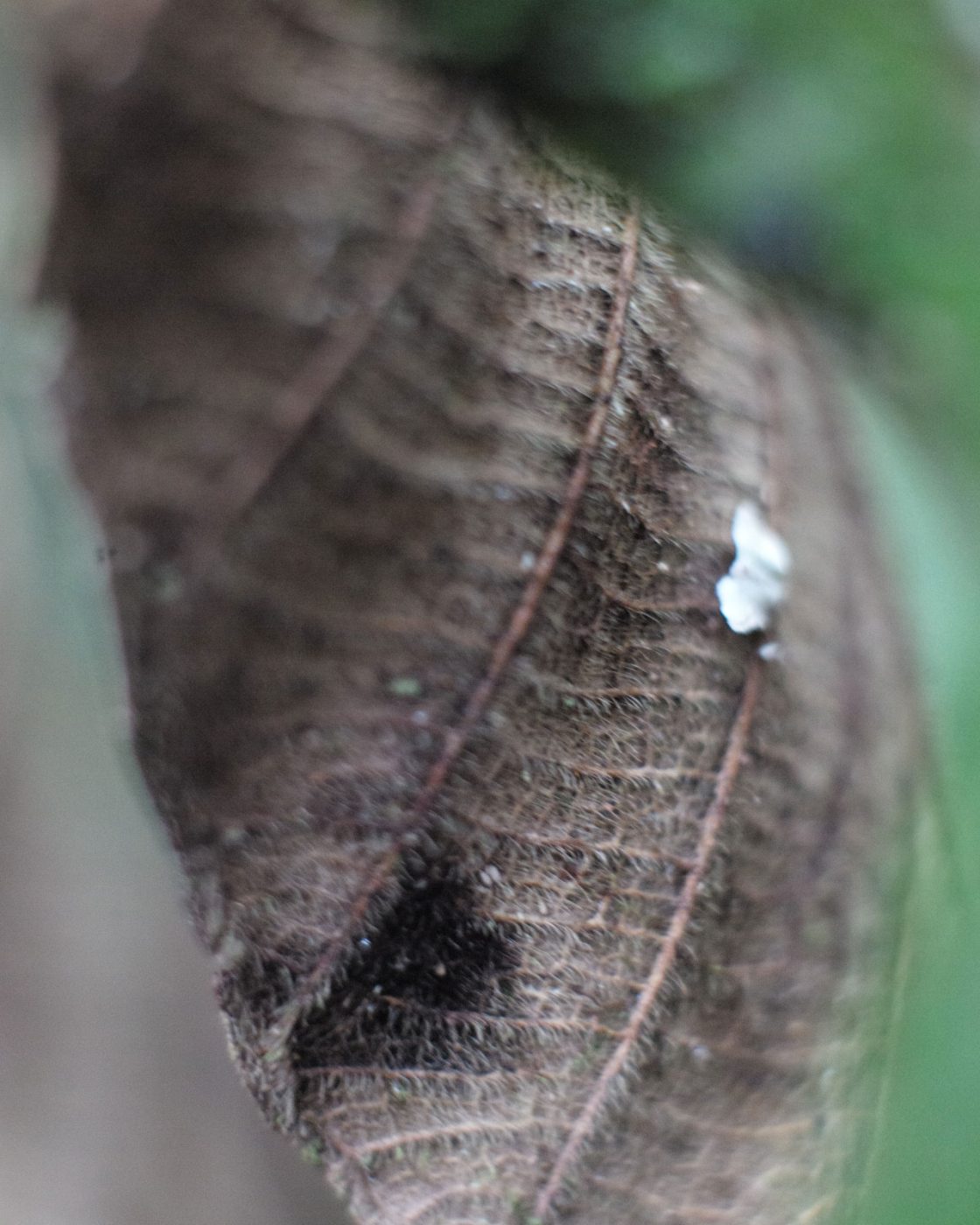
An anthropology beyond the human
Philippe Chiambaretta : You use semiotics to demonstrate that signs go well beyond the human and indeed this is the basis on which you develop an “anthropology beyond the human.” Could you give some examples of how the Runa manage to communicate with other living entities “beyond language”?
Eduardo Kohn : Let me start off with the most “human” kind of sign: the symbol. Symbols, as opposed to the kinds of signs that are part and parcel of the rest of life, refer in an indirect way by means of a conventional system. A symbol refers to something in the world, not directly by pointing to it, but by pointing first to other symbols in a system of symbols. This creates a special form of thinking that is very powerful. It allows for abstraction and enables us humans to think of things that don’t actually exist. It is easy to get lost in the world of human thinking.
Anthropology’s great contribution to knowledge involves the theoretical work it has been able to do with the ways in which humans think with symbols (concepts like culture, the social fact, discursive regimes, and social construction, are all products of thinking conceptually with the properties of symbols). But focusing only on symbols gets us into trouble because it makes it very difficult to understand anything that lies beyond symbolic systems or how we may access this.
So anthropology’s greatest theoretical contribution involves the work it has learned to do to understand the impact of symbolic thought on human life. But anthropology is more than a set of theories, it also involves a powerful method—ethnography—that is theory-agnostic. By ethnography we generally refer to an intense immersion into a way of life coupled with a struggle to convey something about that immersion in a way that can make a maximal impact on our concepts. We generally think of anthropological immersions plunging us into exclusively human worlds. But I happened to have worked in a place in the Amazon where people live intimately with lots of kinds of beings, not just humans. Of course, they also care deeply about humans, but they live in an intensely complicated ecosystem that they need to understand. They were using some of those elements of the ecology for food, through hunting, gathering, fishing, and gardening. This has forced them to become attuned to that forest world that houses these elements. To do this, they have had to understand the ecological relations in that world as communicative relations.
Through ethnographic immersion I learned that a lot of what they were doing was communicating with the beings of that world or communicating like the beings of that world. So, I was interested in understanding what would happen upon hearing a certain birdcall in the forest and in understanding how people interpret that call. I wasn’t just sitting down and asking people questions but having actual real life interactions. Sometimes these birds were flying over and calling and I would hear the calls, hear people’s interpretation of those calls, and then observe what they would do. Different people interpret the calls in different ways, and how they interpret them affects what they then say, and you can trace all these things very carefully.
The prototypical example of a symbol is a word in human language. But the interesting thing about the dialect of Quichua spoken by the people I lived with is that it contains within it an entire, very well-developed lexical class that is not really symbol-like and that actually involves a large number of words that are somewhat imitative. Rather than trying to capture things in the forest, these words capture what Anna Tsing would call “happenings”, “events”, or “unfoldings.” They simulate the particular flavor of a temporal action in the forest and they paint it as a sonic picture, if you will. In Quichua, there are imitative “words” (or more accurately sound images) like tsupu, that simulate an entity penetrating a body of water, or tyas, which simulated the action of a machete slicing through something, or teeeye, a shotgun firing. These are the kinds of things that mean something but that are no longer in language. They are likenesses of the things they represent. When I pronounce teeeye, my mouth is opening in the way that a blast of lead shot starts from inside a gun barrel and fires out. By using these, they are capturing a likeness of the forest itself. Those clusters of words are themselves a likeness of the kind of thinking that is happening in the forest and constitutes a picture of sylvan thinking itself.
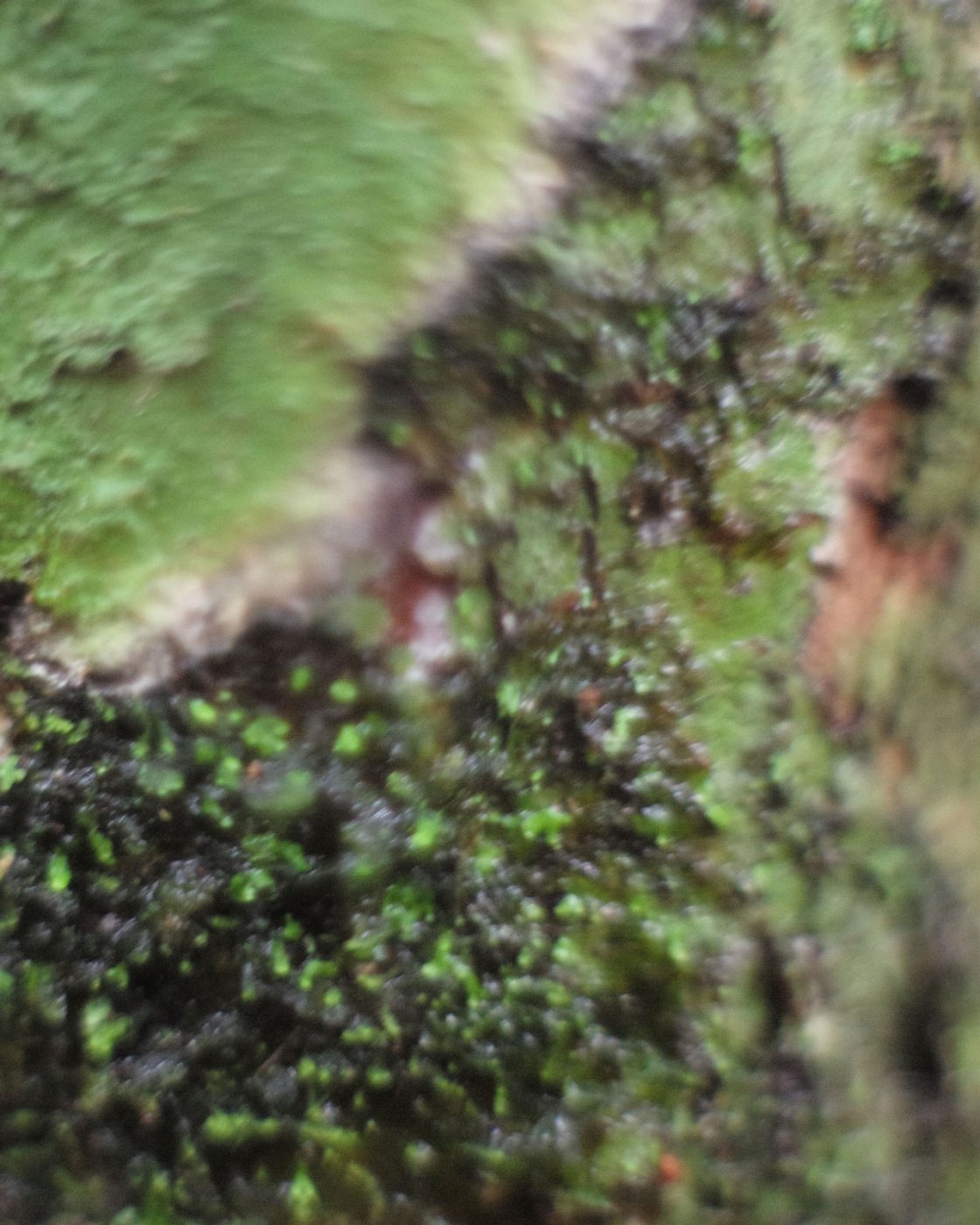
Beyond the Anthropocene
Philippe Chiambaretta : To what extent is this communication with the beings that constitute this interconnected forest ecology fundamental for the Runa? And what happens when they lose communication with those beings?
Eduardo Kohn : Sylvan thinking, the kind of thinking that we all have as long as we are alive, the kind of thinking that is so exquisitely manifest in dense forests like those of the Amazon, is something we are always grounded in. We are sylvan beings because we are living beings. So you can’t exactly lose sylvan thinking, but what you can lose—and this is what’s scary—are the spaces where sylvan thinking flourishes and proliferates. In dense forests, like those in Ecuador’s Amazon region, sylvan thinking is generated to such a degree and with such a wealth that its properties become inescapable. In a forest you can’t but think like a forest and this kind of forest thinking can guide and inspire us at a time in which we are losing touch with the sylvan thinking that sustains us. The great madness of our world is that we are becoming “all-too-human minds” separated from what we seem to only be able to treat as “matter.” This Cartesian divide is neither ontologically correct nor is it sustainable. This is why sylvan thinking can, to my mind, be such an important source of ethical guidance for the Anthropocene.
Philippe Chiambaretta : Are you suggesting that these times are asking us to restore the “enchanted communication” that monotheism has broken?
Eduardo Kohn : Let me just say something about the Anthropocene. I think it is a funny thing. It is criticized and not fully accepted as a real geological epoch. A geological epoch is based on indexical signs. An epoch is real if it leaves a geological trace. That’s methodologically useful but not particularly insightful in terms of life. I think the Anthropocene is a diagnosis or a critique. It draws awareness to the ways in which human “culture” is now becoming a force of “nature” as Bruno Latour puts it.
I don’t think of the Anthropocene as a place to inhabit. It is a critique of a way of being and its effects. Donna Haraway does a good job of showing that with this funny term, the Chthulucene.Donna Haraway, “Anthropocene, Capitalocene, Plantationocene, Chthulucene: Making Kin,” Environmental Humanities 6 (2015). The Anthropocene captures the ways in which humans are becoming forces of nature in certain ways and it also captures something about time. I think that by using the image of geology, the Anthropocene forces us to think about pasts, futures, and multiple temporalities in different ways, and I think it’s very useful in that sense. The idea for me, then, is that in this time of the so-called “Anthropocene,” sylvan thinking is helpful because it tells us things about time and how futures and pasts relate to each other.
It is an ontological fact that we humans separate ourselves from the world with disastrous consequences, and the term “Anthropocene” alerts us to this. When we humans vastly simplify ecosystems for our exclusive gain, create worlds where we don’t need even need to understand where our garbage goes, where we are totally disconnected from all the ecological repercussions of our actions, this is a real problem. It’s not so much that if we just had the right theoretical lenses we could see that we are not actually separated. We are increasingly separated and that’s dangerous.
It’s very important for me to insist on the ontological properties of things like symbols. Symbols create separations. This is not a mistake; it’s a mode of being. Of course symbols aren’t ever fully separate from the worlds from which they come and to which they refer and that’s why I’m saying: “Instead of doing theoretical work with the separation, let’s do theoretical work with the connections.”
We need to be aware of connections as well as differences. The danger of a “flat ontology” is that it proposes to get humans and non-humans in the same picture and make them all the same. If you are basically saying that everything is the same, how can you explore and potentiate different kinds of ontological properties?
The kind of ontological explorations that I do, with the goal of explanation (i.e., telling you “how” forests think), is powerful but also dangerous and limited. For example, one of the problems for me (and other anthropologists) is that I am forced into disagreement with the indigenous people I work with, because according to my framework there is no way that rocks can have life. For the Runa, they do have life and, in fact, when I take psychedelics like ayahuasca with them, I understand the animacy of rocks. This is a tension that I want to sit with.
I don’t want to shy away from the productive conceptual work I’m doing with sylvan thinking but I’m well aware that it may close off certain possibilities. My hope is that sylvan thinking will suggest to me the emergent concept that will, one day, allow all of this to make sense.
Philippe Chiambaretta : Is there a specific project that you are working on right now?
Eduardo Kohn : I’m working with communities in the south-central Amazon, where there are no roads and that can only be accessed by plane or by canoe. The people there are connected to the forest in a highly spiritual way at the same time that they have a highly sophisticated and very worldly kind of politics. Using the properties of sylvan thinking, they are allowing the forest to think through them. They are creating a politics based on what the forest tells them and I am working on that with them.
I’m also doing film work with Lisa Stevenson, who teaches anthropology at McGill. Film is the closest thing we have to thinking in pictures, to sylvan thinking.
This article was initially published in Stream 04 – The Paradoxes of the living in November 2017.

